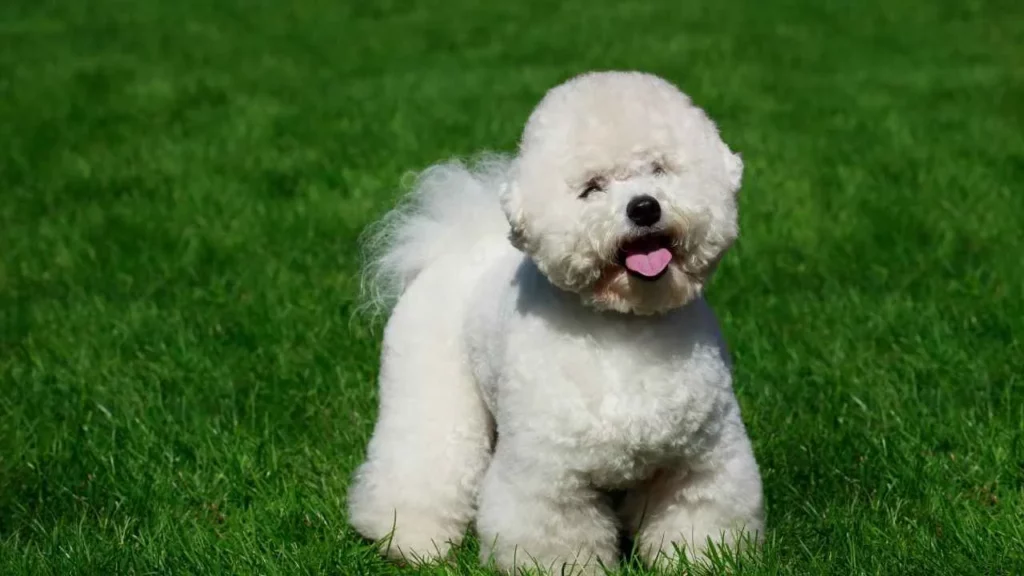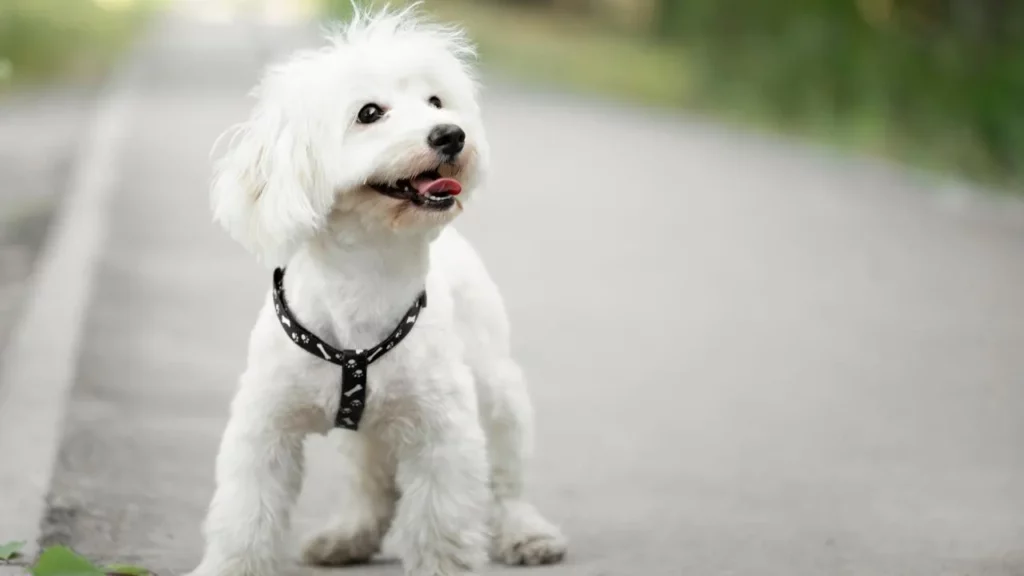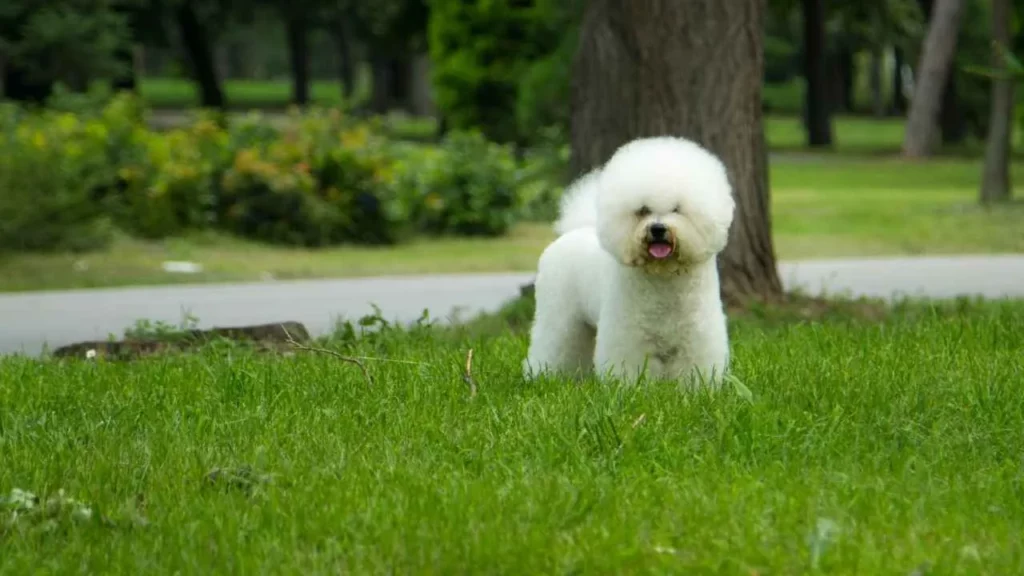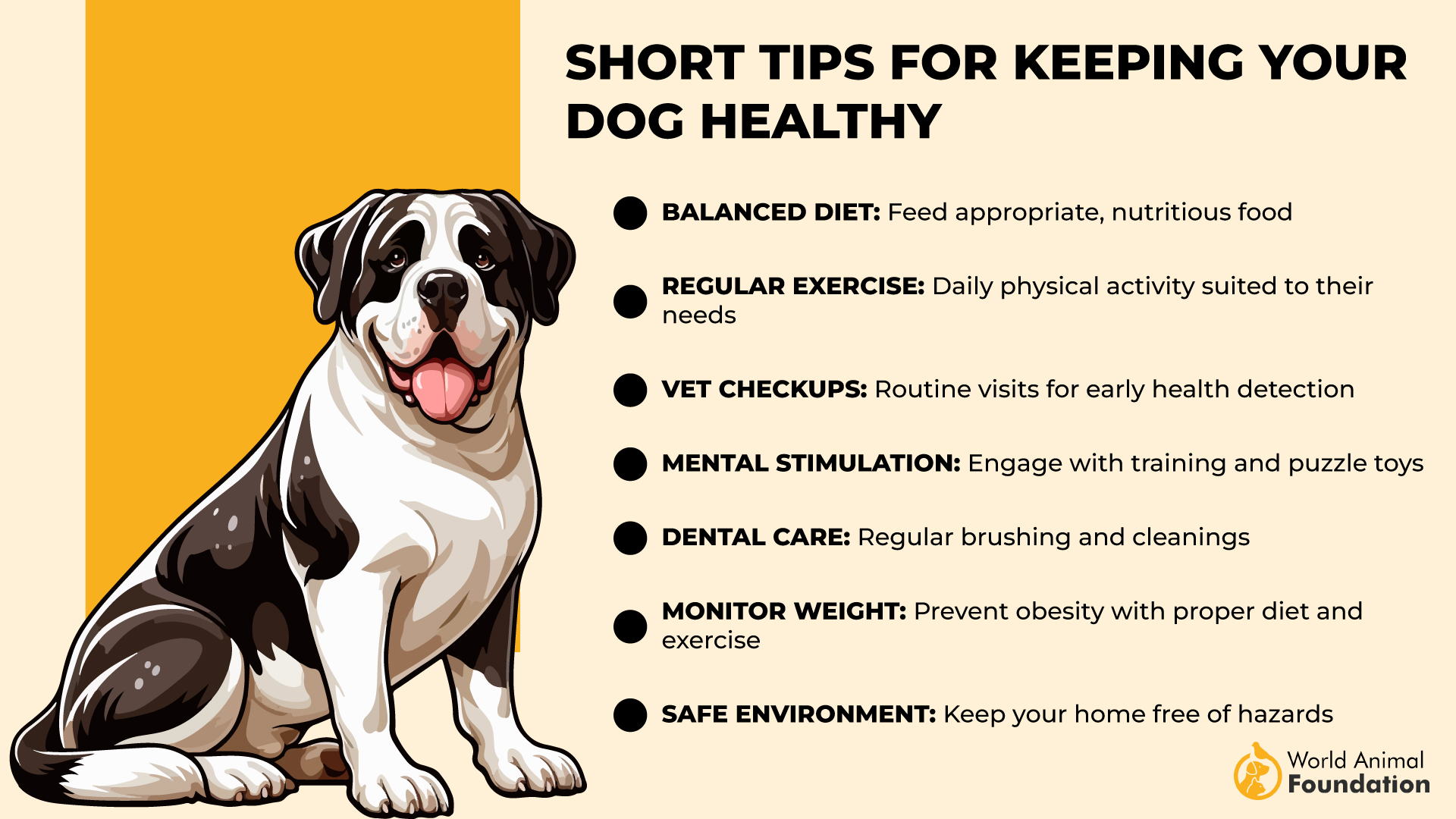When choosing the perfect small canine companion, the decision can be surprisingly tough. Two fluffy favorites – Bichon Frise and Maltese – often steal the spotlight, each boasting a unique blend of charm, intelligence, and affectionate nature. But how do you decide which one of two breeds is the right fit for your lifestyle?
From physical traits to personality quirks, these adorable pups may seem similar at first glance to other dogs, yet they have distinct differences that set them apart. Whether you’re looking for a lively playmate or a devoted lap dog, understanding their size, temperament, and ancestry can make all the difference.
This in-depth comparison dives into everything you need to know—from their origins to their grooming needs and lifespan. By the end, you’ll know which suits your home, energy level, and companionship needs best.
Let’s explore their unique traits of Maltese vs. Bichon Frise dog breeds and uncover what makes each of these beloved dogs stand out!
Bichon Frise vs. Maltese
Bichon Frise vs. Maltese: Size and Dimensions
The Bichon Frise and the Maltese are small dog breeds but differ slightly in size and structure. The Bichon Frise is slightly larger, typically weighing 12 to 18 pounds and standing around 9 to 12 inches tall at the shoulder. Their sturdy build and compact frame make them agile and resilient, capable of engaging in playful activities without appearing too fragile.
According to Britannica, Maltese, in contrast, is more delicate and lightweight, usually weighing between 4 to 7 pounds. They stand about 7 to 9 inches tall, making them one of the smallest toy breeds. Their fine-boned structure gives them a dainty and elegant appearance, often making them a favorite lap companion. Despite their small size, they are surprisingly sturdy and capable of active play.
While both breeds are classified as small dogs, their weight differences can influence their care needs. The Bichon Frise requires a balanced diet and regular exercise to maintain an ideal weight. Due to their petite size, Maltese dogs need careful portion control to avoid becoming underweight or developing nutritional deficiencies. Owners must be mindful of their feeding habits to ensure proper growth and development.
Another notable difference in their size is their adaptability to different living environments. The Bichon Frise, being slightly larger, enjoys having space to move around but can still thrive in apartments with regular exercise. The Maltese, being smaller, is well-suited for compact living spaces and is easy to carry, making them ideal for owners who travel frequently or live in small homes.
Ultimately, size plays a role in determining which breed is the right fit for a particular household. While the Bichon Frise is better suited for more active individuals and families who enjoy engaging play sessions, the Maltese is perfect for those seeking a lightweight, loving companion. Both breeds, however, are adaptable and can fit into various lifestyles with the proper care and attention.
Bichon Frise vs. Maltese: Physical Appearance
At first glance, the Bichon Frise and the Maltese may seem similar, but their physical characteristics differ significantly. Due to its dense, curly coat, the Bichon Frise is recognized for its round, puffy appearance. Their soft, plush fur gives them a charming, teddy bear-like look, and their dark, expressive eyes add to their cheerful expression. Their tails curl over their backs, enhancing their lively and animated presence.

The Maltese, on the other hand, is known for its long, flowing, silky coat. Unlike the curly texture of the Bichon Frise coat, the Maltese’s hair cascades down their small frame, giving them an elegant and graceful look. Their dark, round eyes contrast beautifully with their white fur, and their black button nose adds a delicate touch to their overall appearance.
Both breeds have coats that require dedicated cleaning to maintain their beauty. According to PetMD, a Bichon Frise’s curly fur is prone to matting if not brushed regularly, and professional care is often needed to keep their coat in shape. The Maltese’s long hair requires daily brushing to prevent tangles and maintain its sleek, glossy appearance. Despite these styling needs, both breeds are low-shedding and considered hypoallergenic, making them great choices for allergy sufferers.
Beyond coat texture, their body structure also sets them apart. The Bichon Frise has a slightly more muscular build, contributing to its ability to be active and energetic. In contrast, the Maltese has finer bone structure, giving it a more delicate and refined look. Their differences in build affect their energy levels, with the Bichon Frise being more robust and energetic than the Maltese’s calmer demeanor.

Despite these physical differences, both breeds share an undeniable charm that makes them highly sought-after pets. Their adorable features, combined with their caring personalities, make them irresistible to dog lovers.
Bichon Frise vs. Maltese: Ancestry and Lineage
The Bichon Frise and the Maltese have rich histories that trace back centuries, with many cultures ‘ origins tied to noble and aristocratic circles. The Bichon Frise is believed to have descended from the Barbet, a water dog from the Mediterranean region. This breed was popular among sailors and traders, who carried them across different regions. Eventually, they became favored pets among European royalty, particularly in France, where they were pampered for their elegant looks.

The Maltese, on the other hand, have a lineage that dates back over 2,000 years. This ancient breed was highly prized in ancient civilizations, including Greece, Egypt, and Rome. Many historical records mention small, white lapdogs belonging to noble families, often depicted in artwork and sculptures. The Maltese were especially popular among aristocrats, who valued them as symbols of wealth and luxury.
While both breeds have ties to Mediterranean regions, their journeys differ. The Bichon Frise was often bred in France and Spain, where they developed their signature fluffy coat and lively nature. They were frequently used as circus performers due to their intelligence and trainability. The Maltese remained a cherished lapdog, often gifted to royalty and wealthy individuals across Europe and Asia.
Over time, both breeds were refined to maintain their distinct characteristics. The Bichon Frise was selectively bred for its cheerful disposition and resilience, making it a well-rounded companion. The Maltese, on the other hand, was bred to retain its elegant, silky coat and loving nature, ensuring it remained a favored pet among high-status families.

Both breeds are beloved worldwide and admired for their historical significance and endearing personalities. Their pasts reflect their present-day roles as caring and devoted companions. Whether an individual dog with a lively spirit or a delicate and refined presence is preferred, each breed carries a legacy of charm and companionship.
Bichon Frise vs. Maltese: Behavior and Temperament
According to the AKC, the Bichon Frise is known for its cheerful and fun-loving nature. This breed is full of energy and thrives on social interactions. They love to be the center of attention and enjoy playing games with their owners. Their friendly nature makes them excellent family pets, as they get along well with children and other animals.
The Maltese, in contrast, is more devoted and prefers a calm environment. While they enjoy playtime, they are also content sitting on their owner’s lap for hours. They form strong bonds with other pets and their humans and can be protective despite their small size. Their devotion makes them ideal for individuals looking for a loyal and loving pet.
Both breeds are highly intelligent and respond well to training. The Bichon Frise is eager to learn tricks and commands, making training sessions enjoyable. They are quick learners but require consistency and positive reinforcement. The Maltese, while also intelligent, can sometimes be a bit stubborn. Gentle but firm training methods work best for this breed.

Separation anxiety can be an issue for both breeds if left alone for too long. They crave companionship and do not do well in homes where they are frequently left alone. Providing interactive toys and spending quality time with them helps prevent anxiety-related behaviors like excessive barking or chewing.
Despite their differences, both breeds share a deep love for their masters. Whether it’s the fun-loving and outgoing Bichon Frise or the adoring and devoted Maltese, these breeds bring joy and companionship to any home. Their personalities may differ, but their ability to form strong emotional bonds makes them wonderful pets.
Bichon Frise vs. Maltese: Lifespan and Longevity
Both the Bichon Frise and the Maltese are known for their long lifespans. With proper care, they typically live between 12 to 15 years. Some individuals even exceed this range, reaching up to 17 years. Their longevity makes them a great choice for those looking for a long-term companion.
A healthy diet plays a major role in extending their lifespan. Providing high-quality dog food with the right protein, fats, and essential nutrients keeps them in good shape. Avoiding processed or low-quality food helps prevent obesity and other health problems.

Regular exercise is also important for maintaining their health. The Bichon Frise enjoys active playtime and short walks, which help keep its weight in check. The Maltese, although less energetic, still needs daily movement to prevent stiffness and weight gain. A few short walks and play sessions are ideal for keeping them fit.
Common health issues in both breeds include dental problems, eye conditions, and joint concerns. Regular vet check-ups and proper grooming help catch potential health issues early. Brushing their teeth, cleaning their eyes, and monitoring their weight contribute to their overall well-being.
Both breeds can enjoy long, happy lives with love, care, and a healthy lifestyle. Their small size and adaptable nature make them easy to care for, ensuring they remain loving and lively companions for many years. Proper attention to diet, exercise, and regular health check-ups will help them thrive well into their senior years.

Conclusion
When comparing Bichon Frise vs Maltese, both toy breeds bring a loving and affectionate nature to their owners. Their small size and charming personalities make them excellent companions, especially for apartment living. While Bichon Frise dogs have a fluffy, curly coat that requires regular grooming, the Maltese coat is silky and elegant but also high-maintenance. Both breeds are generally healthy but may be prone to common health issues like patellar luxation and progressive retinal atrophy.
The choice between Maltese and Bichon Frise depends on personal preferences and lifestyle. Those looking for a playful, energetic pup that thrives in various, socialized situations may lean toward the Bichon Frise, while individuals wanting a devoted lap dog that forms strong bonds with its owners might prefer the Maltese breed. Both dogs respond well to positive reinforcement, but the Maltese can have a stubborn streak, requiring proper training and early socialization.
Regardless of the choice, both breeds make great companions and adapt well to families, singles, and seniors. With moderate exercise, a healthy diet, and consistent training sessions, these affectionate and intelligent breeds will bring years of joy to any loving home.


